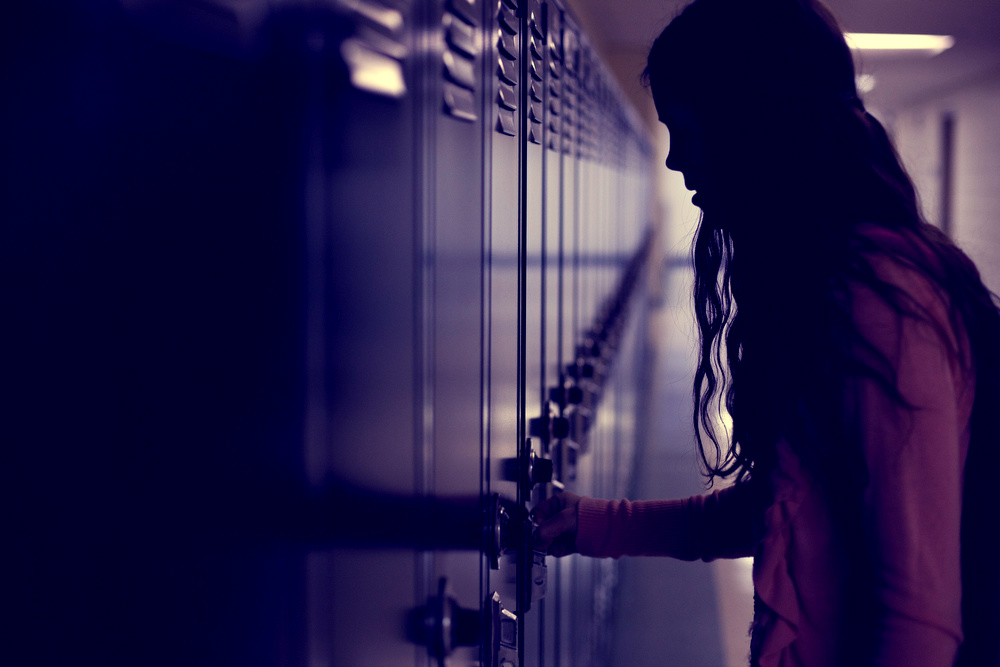Cognitive Behavioral Therapy
Nearly 10% of school-age children suffer from migraine attacks, often before the age of 12. The impact of these painful episodes can be devastating to adolescent growth and development. Furthermore, physicians and parents are concerned about the long-term effects of starting children on prescription drug regimens so early in life. Treatment decisions can be painstakingly difficult for parents and because migraine attacks have no known cause, there are no treatment guarantees.
While it seems a far-fetched theory, recent studies have emerged that suggest pain in children and adolescents can actually be controlled using thought. Known as Cognitive Behavioral Therapy, this alternative method of treatment has captured the attention of parents and researchers across the nation through promising results.
What is Cognitive Behavioral Therapy?
Cognitive behavioral therapy is a form of psychotherapy that accentuates the role of thinking in how we feel and behave. In other words, it suggests that the way your child or teen thinks can directly influence how they feel and act.
Therapy sessions are short-term, unlike other forms of psychotherapy that can last years. Sessions usually run for 16 to 20 weeks at which point, the patient has developed necessary coping skills to manage migraine symptoms on their own. Cognitive behavioral therapists educate on rational self-counseling techniques that assist children and teens in creating positive thoughts surrounding their migraine pain instead of negative thoughts like “why me?” or “I can’t take any more.” Patients are taught to confront pain with logical, internal dialogues such as “This occurrence of pain is taking place because I have a predisposition toward migraines.”
Biofeedback
In addition to the development of coping skills, therapists will often use biofeedback to assist in cognitive behavioral therapy treatment. Biofeedback uses electronic monitoring to provide patients with information about bodily functions that they don’t normally have access to. Biofeedback relays information like: muscle tension, body temperature or blood pressure. Armed with this information, therapists then train patients to control these bodily functions using the abovementioned coping skills.
Statistics
Recent research published in the Journal of the American Medical Association illustrates the effectiveness of cognitive behavioral therapy in conjunction with the medication, Amitriptyline (antidepressant) to reduce migraine-related symptoms among children and adolescents. In lieu of the research, it is now believed that cognitive behavioral therapy paired with Amitriptyline should be the first line of defense for children and adolescents struggling with migraine episodes, not an add-on method when other drugs fail.
Trials to collect more information on the benefits of cognitive behavioral therapy for migraine relief were conducted at the Cincinnati Children’s Hospital, where Dr. Scott W. Powers, PhD and Co-Director of The Headache Center conducted a clinical trial using a 20 week course, one group receiving cognitive behavioral therapy and the other, headache education. The subjects were children between the ages of 10 and 17 who experienced chronic migraine episodes.
The trial overwhelmingly suggested that cognitive behavioral therapy was more effective in conjunction with medication (reducing migraine frequency by an average of 11.6 days) compared to headache education (reducing migraine frequency by approximately 6.8 days). A year later, 86% of patients tested experienced a 50% or greater reduction in migraine frequency. More research is still necessary, but doctors believe the effects of cognitive behavioral therapy could last up to 1.5 years.
Read: January 2014 Migraine News: Behavioral Therapy and Chewing Gum
What Are the Pros and Cons?
Pros
- Clinically proven method of treatment.
- No serious side effects.
- Alternative options like online sessions using Skype or telemedicine.
- Skills can be maintained after treatment ends.
- Treatment is durable.
- Families consider it a credible method.
- Less expensive than other forms of treatment.
- Works best for early intervention (hence it’s success with children and teens but not necessarily adults).
- Unknown effectiveness without the pairing of medication.
- Many insurance policies don’t cover this form of treatment, making cost and availability a barrier.
- For patients to benefit from this treatment, they must be fully committed to the process.
- Results are not instantaneous, which can be discouraging for patients and parents.
You may also be interested in this article: Migraine Treatment: Chiropractic Therapy | Read: Migraine Treatment: Acupuncture Therapy
Cons
If you suspect that your child or teen is suffering from migraines, it’s important to schedule an appointment with your family doctor or a migraine specialist. Be sure to record any migraine triggers or patterns that you notice prior to the appointment, as this will help to determine a course for treatment. A thorough history and medical exam will identify whether cognitive behavioral therapy is a possible first line of defense for your child before resorting to other, more aggressive forms of treatment.
Image Source: NewsHour


